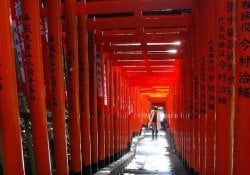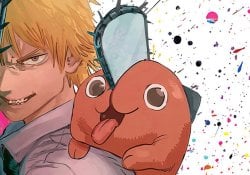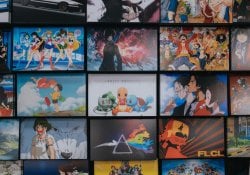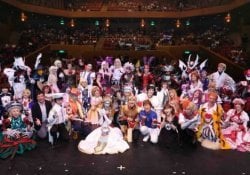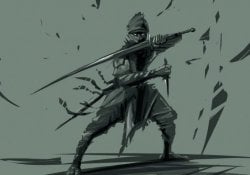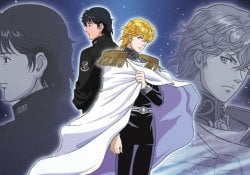"One Piece", one of the most popular and long-lasting manga and anime series, created by Eiichiro Oda, features a diverse cast of fictional characters. Although they are part of an imaginary world, Eiichiro Oda has speculated about the nationalities of the characters if they belonged to our world.
This Post explores these nationalities inspired mentioned over the years by the Author and also hypothetically, offering a fascinating insight into how the culture and geography of the real world influence the creation of these iconic characters.
Índice de Conteúdo
The Mugiwara (Straw Hats)
- Monkey D. LuffyInspired by Brazil, Luffy reflects the joy and determined spirit that are often associated with the country.
- Roronoa ZoroI would represent Japan, reflecting the country's respect for the samurais and the art of the sword.
- Nami: Sweden, a nation known for its stunning landscapes, alluding to its connection with navigation and maps.
- UsoppComing from Africa, Usopp reflects the rich storytelling traditions and courage often found in African cultures.
- SanjiRepresents France, famous for its cuisine, mirroring Sanji's passion for cooking.
- Tony Tony ChopperComing from Canada, Chopper represents the vast wildlife and natural areas of the country.
- Nico Robin: It would be from Russia, reflecting the mystery and historical depth, similar to your interest in archeology and history.
- FrankyOriginating from the United States, Franky reflects the American culture of innovation and construction.
- BrookComing from Austria, known for its classical music, relating to Brook's musical abilities.
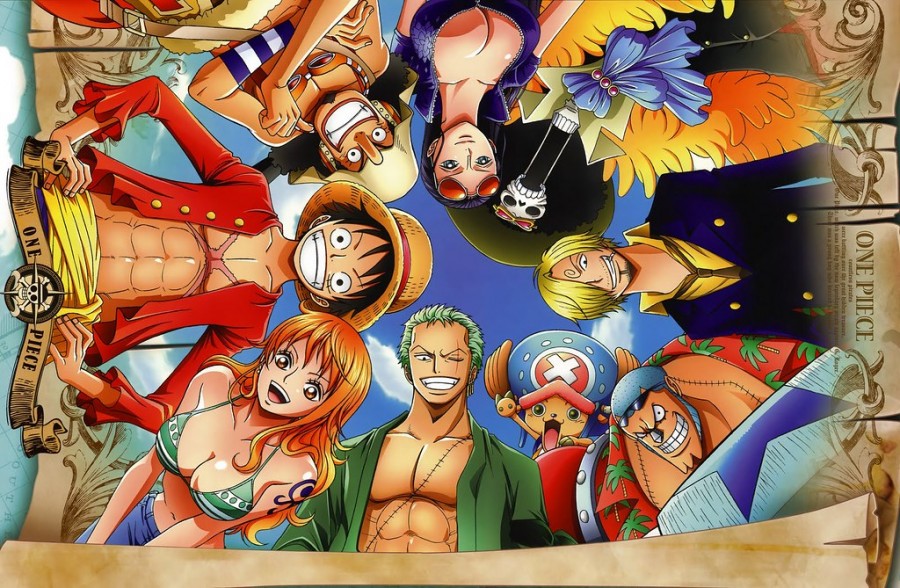
Other Notable Characters
Trafalgar Law: It would be from Germany, alluding to its precision and efficiency.
Portgas D. Ace: "It would represent Australia, reflecting the adventurous spirit and untamed nature of the country."
Dracule Mihawk: Native of Spain, reflecting elegance and passion, similar to bullfighters.
ShanksOriginating from Canada, Shanks can reflect the peaceful and friendly nature often associated with Canadians.
Buggy: It would be from the United States, which may allude to its extravagant nature and the typical spectacle of many aspects of American culture.
Crocodile: Representing Egypt, probably due to his ability to control sand and his association with desires, evoking Egyptian landscapes.
Enel: It would be from Afghanistan. This choice is less clear but may be related to the themes of divinity and power that are often explored in Afghan history and mythology.
JinbeiComing from China, perhaps reflecting the country's long maritime history and the importance of seas and oceans in Chinese culture.
Kuma: Represent France. This choice may be a bit surprising, but it may be related to the political and historical complexity associated with both the character and France.
DoflamingoOriginally from Spain, which may be an allusion to its extravagance and perhaps to the history of the Spanish conquerors, reflecting their desire for power and control.
MihawkAlso from Spain, possibly reflecting the country's elegance, passion, and fencing history.
Ivankov: It would be from Russia, perhaps a reference to its capacity for resilience and radical transformations, aspects that can be associated with Russia's historical changes.
Blackbeard (Marshall D. Teach)Coming from Somalia, which may be a direct reference to his occupation as a pirate, alluding to the modern pirates of Somalia.
Islands that reference countries in One Piece
Eiichiro Oda often bases the locations and islands that the characters visit on real world cultures, architectures and geographies, creating a rich tapestry of environments reminiscent of different nationalities and regions. Here are some noteworthy examples:
DressrosaInspired by Spain and Italy, Dressrosa is known for its architecture that resembles Mediterranean cities, bullfighting (coliseum race), and even the passion for dance and love, typical of these cultures.
Wano Country: Strongly based on feudal Japan, Wano features samurais, Japanese-style castles, and a society that reflects Japan's Edo period. The island's aesthetic and the way the story is told are a tribute to Japanese culture.
Water 7Inspired by Venice, Italy, with its canals and gondolas, Water 7 is an aquatic city with a rich maritime culture, reflecting the historical importance of Venice as a maritime port and trading center.
AlabastaSimilar to Egypt and the Middle East, Alabasta presents a vast desert, pyramids, and an oasis city, all reminiscent of Egyptian geography and architecture.
SkypieaWhile not directly based on a specific Earth culture, Skypiea has elements that resemble ancient mythologies about cities in the clouds and celestial civilizations, common in various cultures around the world.
Sabaody Archipelago: With its giant bubbles and unique architecture, Sabaody does not have a direct parallel to a specific location on Earth, but its representation of a society divided by social classes can be seen as a universal commentary on social inequalities.
Whole Cake IslandAlthough not directly based on a real location, Whole Cake Island has elements that resemble European fairy tales and fantasy stories, with its landscapes made of food and the theme of witchcraft and magic.
Fish-Man IslandInspired by Atlantis and other legends of underwater cities, Fish-Man Island combines the mythology of mermaids and mermen with the beauty and mystery of coral reefs and marine life.
Elbaf: Inspired by Norse mythology and Scandinavian culture, Elbaf is the home of the giants and reflects aspects of Viking life, including architecture, traditions, and mythology.
The article is still halfway through, but we recommend also reading:
Conclusion
Although the characters of "One Piece" are fictional and inhabit a fantasy world, the idea of associating them with real countries in our world helps to deepen our understanding of their personalities and traits. Eiichiro Oda, in creating such a diverse cast, not only built a rich imaginary world but also reflected the diversity and complexity of our own world.
These imaginary nationalities allow us to see how culture, history, and geography can shape fictional characters, making them more relatable and multidimensional for fans around the globe.


